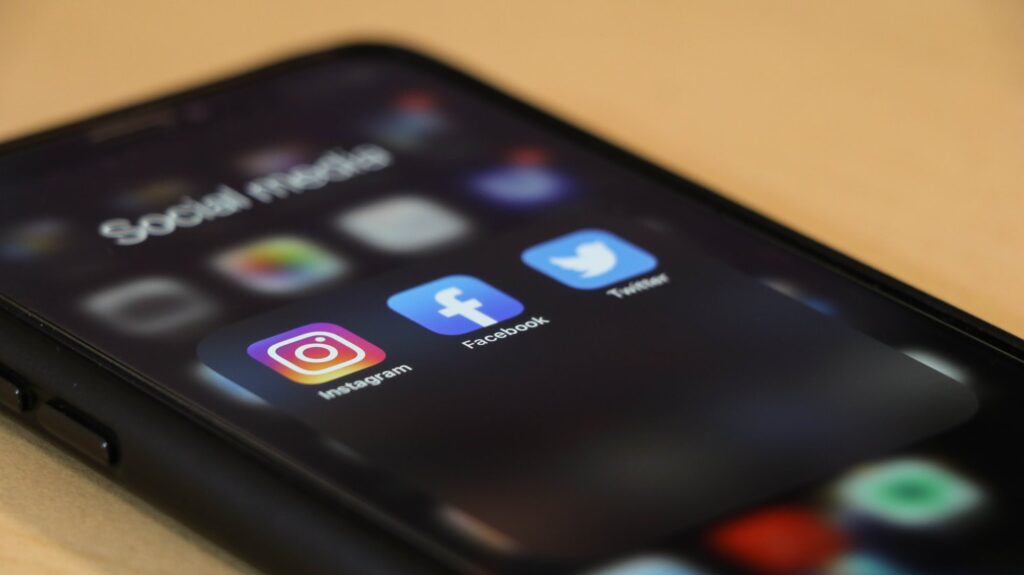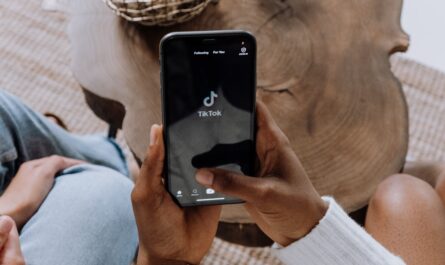By: Kendra Young
Today, almost everyone around you has a social media presence. It’s become a part of our identities and reflects the most public aspects of our lives. Professionals picked up on this, and now we see personal accounts coming into question when interviewing. As I start looking into potential jobs, this lingers in the back of my head. How do I create something interviewers will look at and want to work with?
Determine what your goal is professionally
Social media is unique. It allows you to build the persona you want to put forth and add your personality to it. When you’re determining how you want to appear, you have to start by asking yourself where you want to go. Harvard Business Review describes how this allows you to build a niche presence for yourself that aligns with the values of your ideal company. Keeping in this mind makes decisions around content posts consistent and clean within your feed. An additional article from Forbes states how you can also utilize this to advocate for your company and build professional, networking connections.

Look into which platform is best suited for your messaging
These are so many social media sites that at this point, it’s overwhelming. How do I know which one is right for the kind of content I want to create and the audience I want to reach. The New York Times issued some general guidelines for five of the top used platforms. It highlights how you can utilize them to your advantage:
- Linked In allows for many networking opportunities and focuses on very business-oriented information. This is where you would highlight important details from a resume.
- Twitter is one of the easiest to get the hang of. While it does have some pretty crazy character limits, this means that you post the quick inner workings of your mind. This integrates instant connections and a high possibility for viral media.
- Facebook has internationally the largest reach of all the other platforms, making it one of the most well-known and influential. Allows you to create personal networks and build both verbal and visual content that can be seen publicly.
- Instagram is widely regarded as just a place to post aesthetically pleasing photos. They are breaking that stigma by utilizing story features and expanding limitations. However, it is still a place for visual content (photos, graphics, or videos) rather than verbal.
- Snapchat is arguably the most difficult to build connections on while creating a business presence. Yet, you still have to keep in mind what you’re posting because nothing on the internet is ever truly private. Use it as a way to foster relationships with those you’re close to in an appropriate manner.


This is an important topic to talk about as graduates are looking for jobs while still having a social life. Social media is such a great connection tool to share and stay informed, but people also need to remember not to overshare. I liked how you broke down what content is on each platform, so you know what to share.
Understanding how a platform functions seems to be crucial for success on social media. I find that adjusting your content is challenging but when done correctly, makes a brand come off as really strong. I really liked how you emphasized the importance of a goal. It seems today that content is mindlessly created and goals are not always established. As new platforms pop up, influencers and brands must find ways to adapt and remain relevant. Can’t wait to see what the next big social media platform will be!
Hi Kendra, I really enjoyed reading your post. I felt like it was super helpful because social media is such an important tool in today’s society. I like that you included snapchat because it is more private than the other social media platforms you talked about but nothing is every truly private on social media.
Thank you for sharing this Kendra! It’s easy for students to feel like they aren’t doing enough to build their professional portfolios and most don’t usually think of social media right away. Even if people aren’t super active on platforms, social media is a great tool to stay engaged with companies (it helps to follow companies of interest) and make connections online that will eventually benefit students greatly.
Kendra, I thought this was a really thought-provoking blog post to read and it got me thinking about what it would look like if I did leverage my Instagram or my Twitter better for connecting instead of just posting personal items. I see so many people using their twitter for professionality and I tend to just retweet memes so this definitely got me thinking.
I soo appreciate this post! I think the information is super relevant to us and useful to think about as we prepare to graduate. The New York Times guidelines are great– I am going to share those with friends too as we were just talking about this the other day. I know I struggle with the idea that my social media is important to employers (I think of it as having to do more with my personal life and less with an image I am trying to produce,) BUT I know it is super important to determine a professional goal as well. All good things to think about!
This is super important especially for students looking for jobs in social media. I know for myself it’s hard because I’ve been taught that “the internet is forever” and that anyone can see my content, so I abstained from posting about much. I wish that the SOJC tells freshman how to utilize social media for themselves instead of me being a senior realizing that my social media isn’t very reflective of who I am personally and professionally.
I really enjoyed reading this blog post! I have always viewed and treated my personal Instagram as an art project/portfolio because I feel as though someone can learn a lot about me and my artistic style by looking at my feed. I think that this is an important way to treat social media when you plan on going into related fields.
Hello Kendra! This is a really great blog post! I never really thought about how I could use social media as a professional tool. I appreciated the list of social media sites and how you explained the benefits and drawbacks of each one as a professional tool.